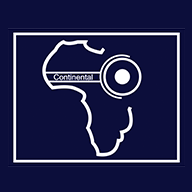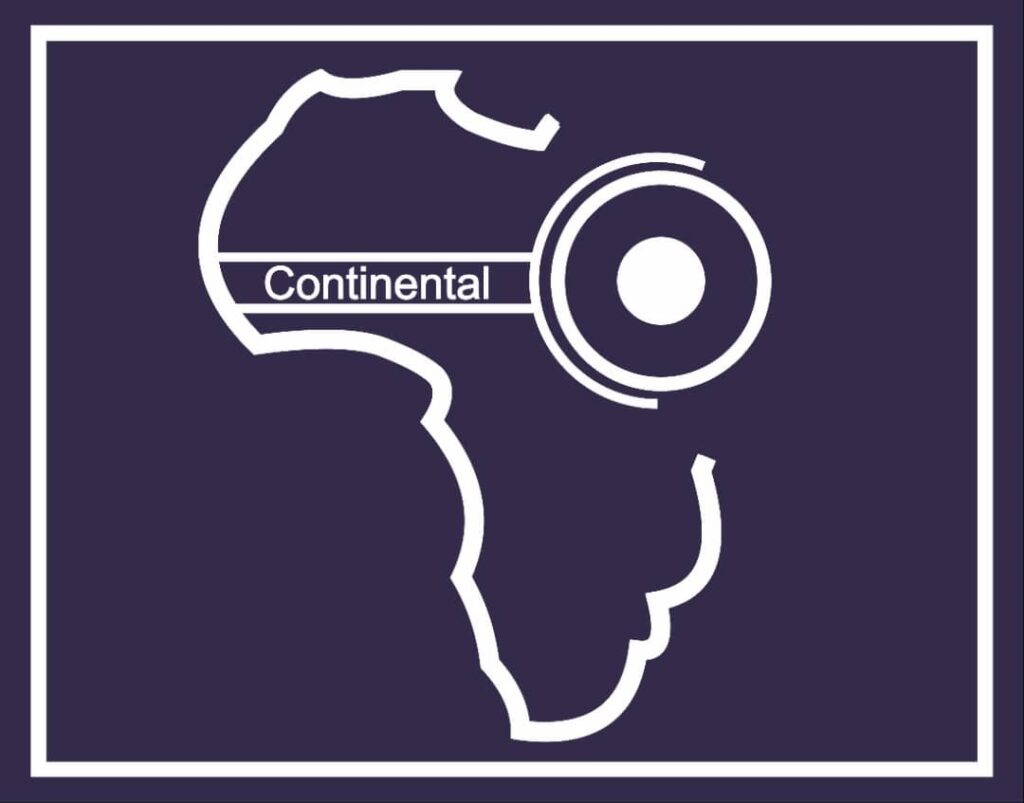CEM REPORT | The recent report released by FiBL and IFOAM– Organics International shows that organic farming is receiving a commendable attention as global Organic farmland and retail sales both continued to show strong growth.
Out of the 190 countries with organic farming activities from where the data was generated, Sao Tome and Principe is the only African country that appeared under the percentage of organic farmland cultivated. Though Ethiopia and Tanzania have high number of organic farmers, the total area cultivated appears insignificant. No other African country contributed to the data, an indication that African countries depend largely on inorganic fertilizers for crops cultivation.
According to the report by FiBL and IFOAM– Organics International, almost 75 million hectares were farmed organically at the end of 2020, representing a growth of 4.1% or 3 million hectares compared to 2019.
[READ ALSO] CEM Appoints Patrick Akamiokhor as Chairman, Alex Anameje as Chief Analyst
Australia has the largest area farmed organically with 35.7 million hectares, but it is estimated that 97% of the farmland there is extensive grazing areas. Argentina is second with 4.5 million hectares of organic agricultural land, followed by Uruguay with 2.7 million hectares, India with 2.6 million hectares and France with 2.5 million hectares.
Due to the large area of organic farmland in Australia, half of the global organic area lies in Oceania 35.9 million hectares). Europe had the second largest area (17.1 million hectares), followed by Latin America (9.9 million hectares).
On a global average, only 1.6% agricultural land is farmed organically, but many countries have far higher shares. In 18 countries, 10% or more of all agricultural land was under organic management in 2020, up from 16 countries in 2019. The top five countries with the largest share of organic land were Liechtenstein (41.6%), Austria (26.5%), Estonia (22.4%), Sao Tome and Principe (20.7%) and Sweden (20.4%). However, 54% of the countries for which data is available had less than 1% of their agricultural land under organic management.
According to the report, organic farmers worldwide increased to 3.4 million or more, an increase of 7.6% compared to the previous year. More than half of the world’s organic producers (53.7%) live in Asia, while 24.7% live in Africa and 12.4% in Europe. The country with the highest absolute numbers is India with 1.59 million farmers, followed by Ethiopia (219,566) and Tanzania (148,607 farmers).
Consumer demand for organic products across the globe showed its highest growth ever in 2020. Global retail sales of organic food and drink exceeded 120 billion euros in 2020 and experienced a total increase of 14 billion euros from the previous year. This increase was fueled by the COVID-19 pandemic in many countries. However, as retail sales increase, food service sales decreased since more people staying at home cooked their food.
In 2020, the United States was the leading market (49.5 billion euros), followed by Germany (15bn euros) and France (12.7bn euros). Many markets showed extraordinarily strong growth rates. The Canadian market grew by 26.1%, while market growth in China and Germany was at 23% and 22.3% respectively. Looking at the shares the organic market has of the total market, the leader is Denmark with 13%, followed by Austria with an organic market share of 11.3% and Switzerland with 10.8%. Swiss consumers spent the most on organic food with 418 euros, followed by per capita consumer spending in Denmark (384 euros), Luxembourg (285 euros) and in Austria (254 euros).
———————————-
Adapted from Press Release by Global Agriculture








